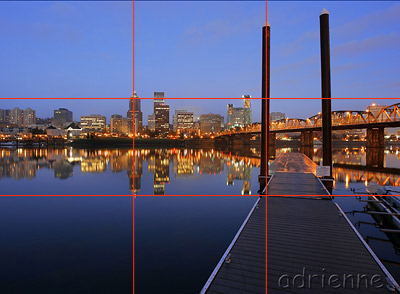
Week six’s lecture was about consumption and production of the big and small screen. It covered the different mediums, which are available today for consumption and the different ways in which we can distribute our own productions.
There are many different options for media distribution and consumption today. These include small screen media, like mobile phones and media plays like iPods and Zune’s. Then there is big screen media distribution like the Cinema, TV and computers. Large-scale companies have utilized both of these distribution methods for some however there has been a growing amount of ‘consumer distribution’ and the main reason for that is the Internet.
The Internet plays the largest part in distribution of media made by the consumer. Consumer distribution is where consumers take something that already has an established fan basis and change it slightly in a way that completes them more. There are many different types of consumer media out there, they include FanFilms, Mash Ups and many others. The most popular distribution method are social websites like YouTube, Facebook and MySpace.
The only problem with consumer made productions using mobile phones is that it generally is horrible quality however this may be a thing of the past as many new phones are having increasingly high resolution some even capturing film in HD.







